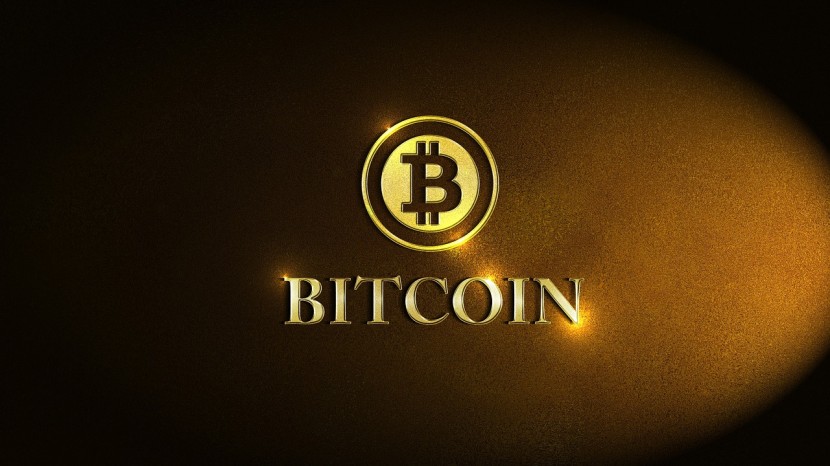
Everett Rogers, a notable sociologist published a groundbreaking book, Diffusion of Innovations' which changed the paradigm in classifying consumers into five distinctive groups such as Early Majority, Early Adopters, Laggards, and Late Majority.
Ever the publication of the book, the fundamentals of Diffusion of Innovations is broadly used across several industries. Nevertheless, there are some new technologies which are synthesized for research. The theory describes how the psychological profile of each group will reflect on consumer habits. The company and industries then take the much-needed approach to produce innovative services and products.
Consumers have varied preferences
There is a massive gap between the two groups, the early adopters & early majority. The consumers that are divided into these two groups prefer listening and at the same time copy refer to their dedicated group. Moreover, the leap also represents a moment of transition to the mainstream market bearing uncanny resemblances to the present-day life cycle of digital currencies or cryptocurrencies.
Companies irrespective of their niche can build a pragmatic client base once the 'chasm' or the clear breaking point is crossed. Building a realistic client base for any service or product is achievable.
'Crossing the Chasm' by Geoffrey Moore suggests that surpassing the state of the void can provide a complete solution to the product. Further, by providing a strong service level, the pragmatists can be enticed. Here, establishing a robust word-of-mouth stature will also aid in enticing pragmatists from every corner of the world.
Apple in 2008 vs. Bitcoin in 2020
Recent polling showcases that around 11% American currently own BTC tokens. The adoption of Bitcoin in 2020 is similar to the penetration of the smartphone industry back in December 2008. In addition to this, a similar trend can be found in terms of price volatility alongside the association between the S&P 500 and Bitcoin.
Bitcoin is considered as the most innovative technological wonder with undeniable advantages against the financial instruments as well as gold. Bitcoin and other cryptocurrencies are yet to prove that they have the potential to be valued as a trillion dollars. The challenge is to change the human patterns and beliefs of people across the world.
The way people perceive the conventional fiat currency is engraved into the society and human minds since the inception of financial service. People are completely dependent on intermediaries. It is important to note that money is subject to erratic control by both central banks and governments. Bitcoin might go through some sort of metamorphosis to reach a majority of early pragmatists.
With the launch of the iPhone 4 back in June 2010, Apple was successful in getting early for pragmatists. The specs of the smartphone such as 5MP Primary Camera featuring 720P resolution, FaceTime, 5 Billion downloads on App Store and two-year contract helped Apple in getting pragmatists into its clutches. The offerings aided Apple in reaching the milestone which aided the company to overcome the phase of the chasm.
How will Bitcoin move ahead with broad adoption?
It is completely fruitless to imagine things needed to be done to shift the whole niche of participants aware of the benefits the Bitcoin possesses. Nevertheless, even the people who are well aware of the benefits of Bitcoin are unmoved.
Investors and merchants are the minor catalysts who have been using Bitcoin to make payments. In addition to this, there is a wide array of room for improvement for crypto commerce platforms such as Coinbase and BitPay.
Some of the investors of Apple left the company because of the volatility in stock prices back in 2008. The price of the stock dropped to 20% in terms of valuation. As of now, these investors might be regretting their decision of leaving the multinational company high and dry. In the next three year, the shares of APPL skyrocketed to around 520% and reached $78 at the beginning of 2012.
Experts are suggesting quite a similar growth in Bitcoin as it would drive the price to around $59,900 which amount to $1.1 trillion in market capitalization by 2023. Many people will find this unreasonable but this is inevitable. The figure seems concerning Bitcoin's market capitalization seems impossible now, but big things are coming to Bitcoin.








